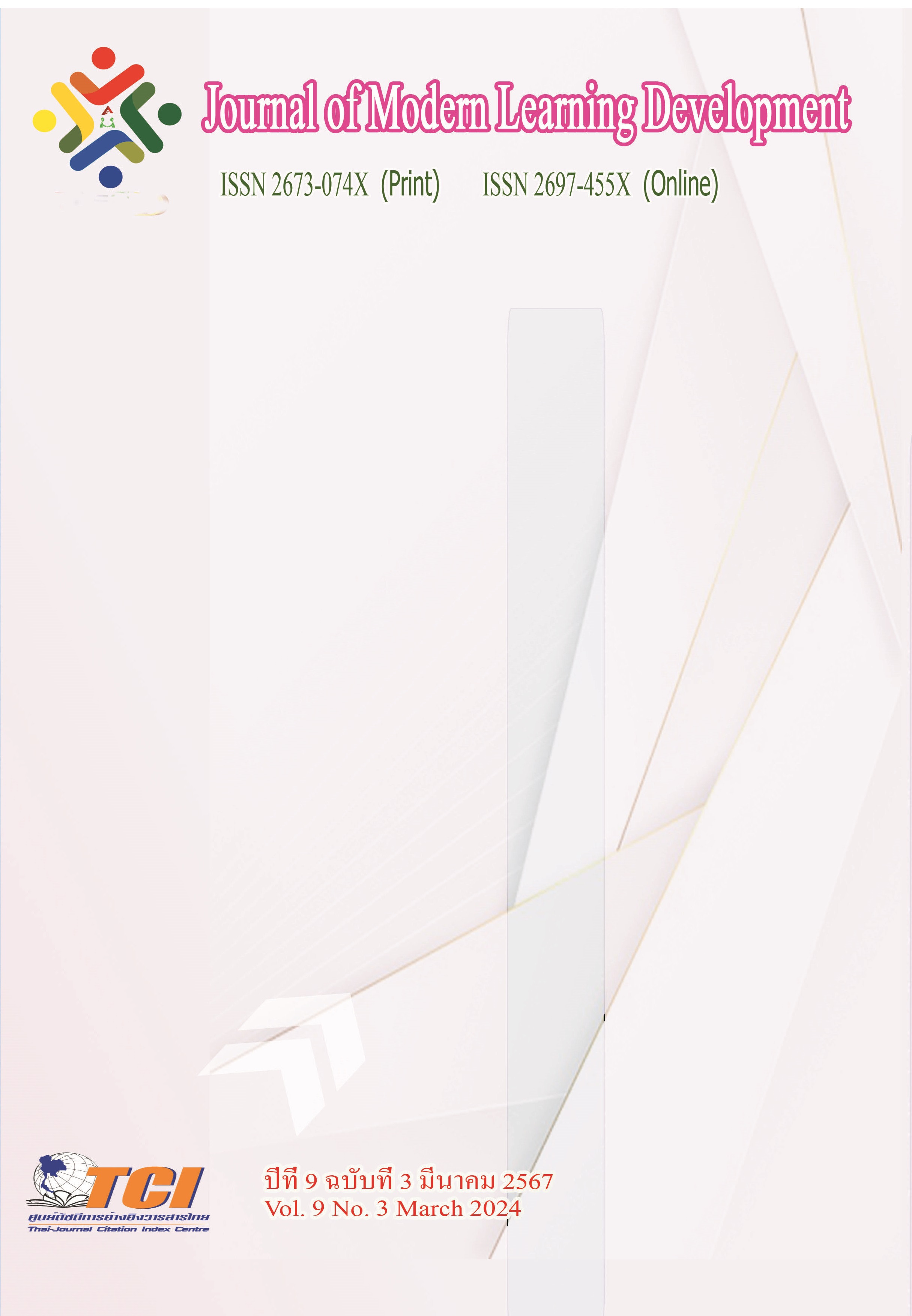Community Participation and Quality of Life Management at the District Level in Sisaket
Main Article Content
Abstract
The objective of this research was to study 1) the characteristic of community participation and quality of life management at the District level in Sisaket Province, 2) the process of stimulating community participation and quality of life management at the District level in Sisaket Province, 3) the government sector’s role in encouraging community participation and quality of life management at the District level in Sisaket Province by qualitative research. The key informants were a total 31 as personnel in the public sector, private sector, and civil society. The method of key informants’ selection was used by mixed sampling between purposive sampling together with snowball sampling. Data were collected by in-depth interviews. Non-participatory observation, content analysis as well as presentation of information in a descriptive form.
The research findings were as follows.
1. The characteristic of community participation and quality of life management is participation in decision making. Implementation and self-evaluation, including participation in both dimensions of strategic management and leadership for administration and management of the project.
2. The process of stimulating community participation was stimulated the project on development of the quality of life of people in the form of "presentation by the people for the people”
3. The government sector’s roles in stimulating community participation by being a stimulant. directing or supervising and promoting as well as supporting relevant information or knowledge.
Article Details
References
ไกรศร วันละ และยุภาพร ยุภาศ. (2565). การมีส่วนร่วมของประชาชนในการพัฒนาชุมชนอย่างยั่งยืน. วารสารการบริหารนิติบุคคลและนวัตกรรมท้องถิ่น. 8 (2), 391-402.
ปัญญา พละศักดิ์ (2564). การศึกษาและพัฒนารูปแบบการดาเนินงานพัฒนาคุณภาพชีวิตระดับอำเภอของอำเภอเมืองศรีสะเกษ จังหวัดศรีสะเกษ. วารสารสภาการสาธารณสุขชุมชน. 3 (2), 40-52.
พัชรี สิโรรส และพรทิพย์ แก้วมูลคำ. (2560). การบริหารราชการแบบมีส่วนร่วม: ตัวแบบและกรณีศึกษาสู่ความสำเร็จ. วารสารการจัดการภาครัฐและภาคเอกชน. 24 (2), 136–145.
พรทิพย์ แก้วมูลคำ. (2560). การบริหารราชการแบบมีส่วนร่วม: เทคนิควิธีและการนำไปสู่การปฏิบัติ. กรุงเทพมหานคร: ศูนย์สื่อและสิ่งพิมพ์แก้วเจ้าจอม.
Andrews, R., Boyne, G. A., Law, J. & Walker, R. M. (2009). Strategy Formulation, Strategy Content and Performance. Public Management Review. 11 (1), 1–22.
Cheema, G. S. (2005). From public administration to governance: The paradigm shift in the link between government and citizens. In 6th Global Forum on Reinventing Government towards Participation and Transparent Governance, Seoul, Republic of South Korea.
Crawford, L. H. & Helm, J. (2009). Government and governance: The value of project management in the public sector. 40 (1), 73–87.
Denhardt, J. V. & Denhardt, R. B. (2000). The New Public Service: Serving Rather than Steering. Public Administration Review. 60 (6), 549–559.
Denhardt, J. V. & Denhardt, R. B. (2015). The New Public Service Revisited. Public Administration Review. 75 (5), 664-672.
Hay, I. (2006). Transformational leadership: characteristics and criticisms, E-Journal of Organizational Learning and Leadership. 5 (2), 3-8.
Ivancevich, J. M., Konopaske, R. & Matteson, M. T. (2008). Organizational behavior and management. (8th ed.). Boston: McGraw-Hill.
Williams, B. S. (2005). A Lesson in Strategic Leadership for Service. Nurse Leader. 3 (5), 25-27.


